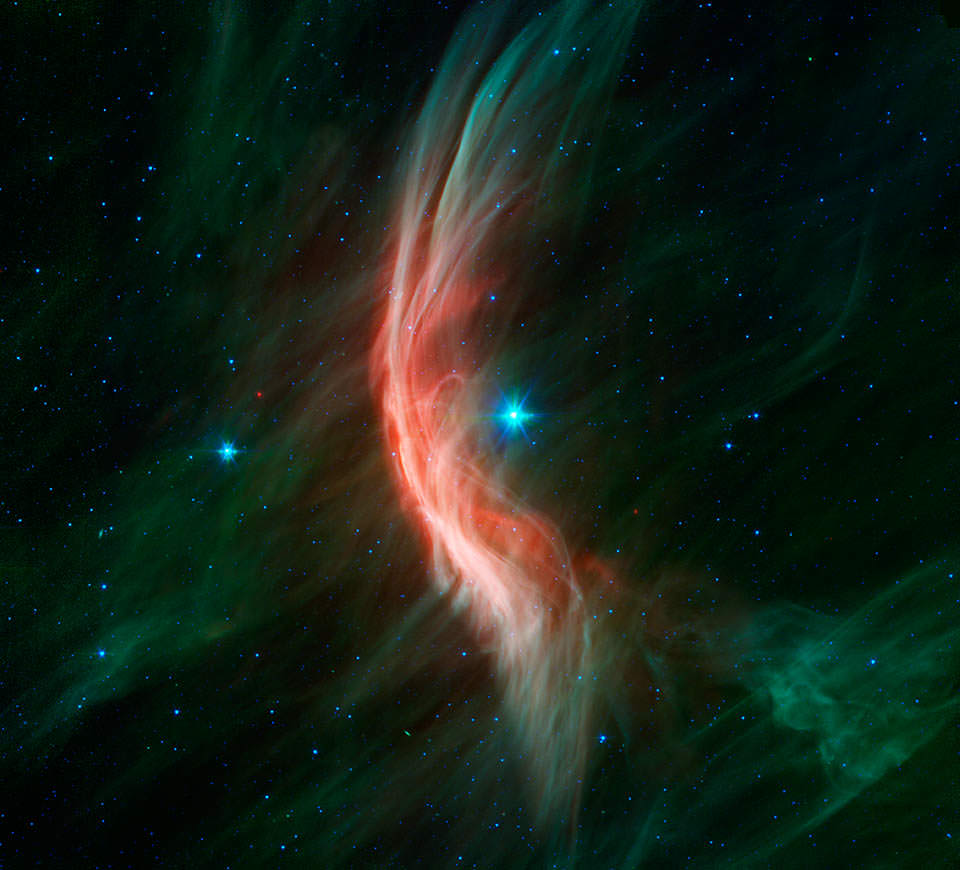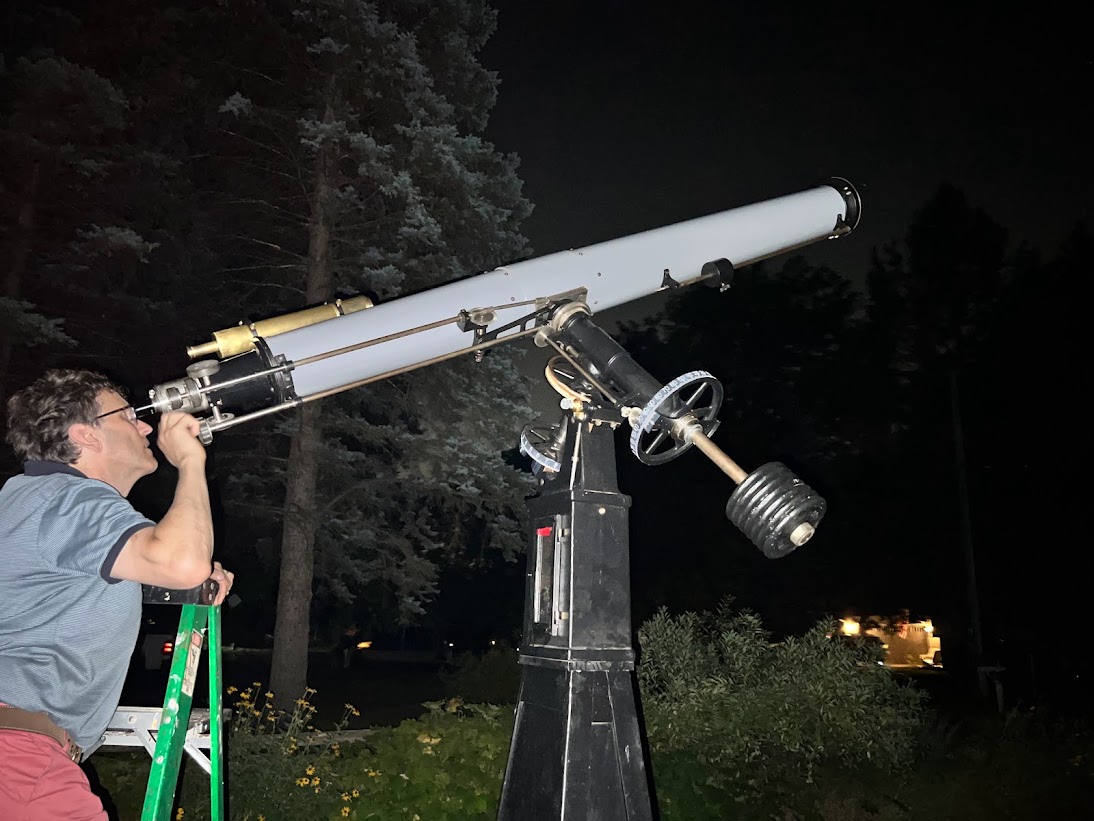Japan has embarked on an exciting new lunar program that will test automated remote construction machinery for the Moon. In 2021, representatives from the Kajima Corporation, the National Research and Development Agency, the Japan Aerospace Exploration Agency (JAXA), and the Shibaura Institute of Technology announced they would be working with the Ministry of Land, Infrastructure, Transport, and Tourism (MLIT) to develop a next-generation construction system (A4CSEL®) that will enable the creation of lunar infrastructure.
This new collaborative venture, known as the Space Unmanned Construction Innovative Technology Development Promotion Project, will create an A4CSEL system capable of operating in the harsh lunar environment. In a recent statement, Kajima announced that it would connect the approximately 20-square kilometer (7.72 mi2) Kashima Seisho Experimental Field with JAXA’s Sagamihara Campus. Here, they are conducting experiments to validate automated remote construction machinery in a simulated lunar environment, which could lead to the creation of a lunar base!
Continue reading “Japan Tests Robotic Earth-Moving Equipment in a Simulated Lunar Jobsite”









